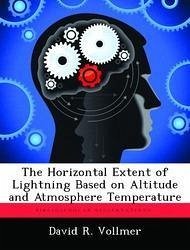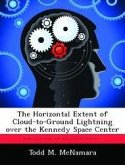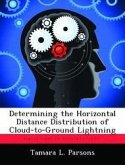Lightning poses a threat to aircraft in flight. In order to mitigate that threat, the U.S. Air Force C-17 System Program Office requested a study of how far lightning can travel from a thunderstorm. To meet this request, three-dimensional lightning data were examined from the period 1 March 1997 to 31 May 2001, obtained from the Lightning Detection and Ranging System (LDAR) at the Kennedy Space Center, Florida. The LDAR data points were first grouped sequentially into lightning flashes and branches using spatial and temporal criteria. This study examined those branches whose parent flash source point was within 60 km of LDAR. Next, rawinsonde data were linearly interpolated in the vertical to determine the temperature of the flash source point and each branch end point. The horizontal distance from flash source to branch end was then calculated.
Hinweis: Dieser Artikel kann nur an eine deutsche Lieferadresse ausgeliefert werden.
Hinweis: Dieser Artikel kann nur an eine deutsche Lieferadresse ausgeliefert werden.








